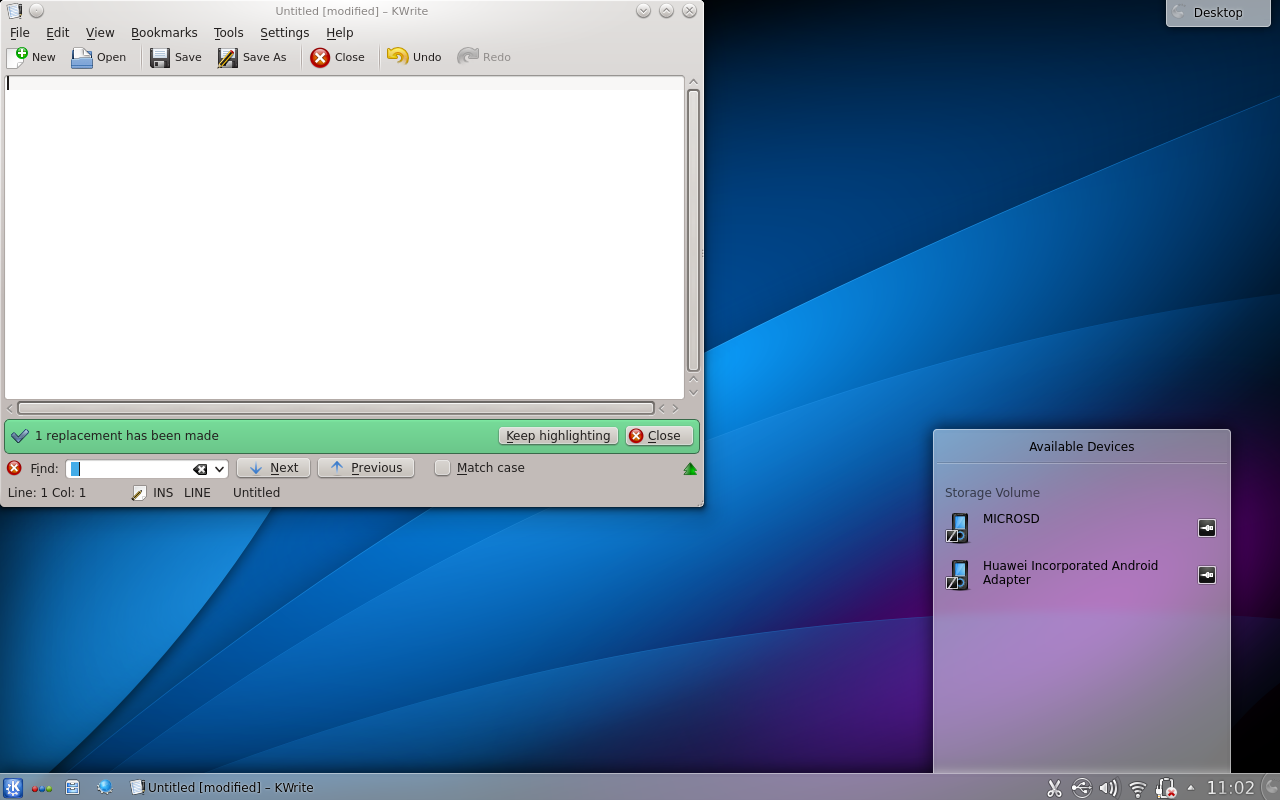After installing KDE 4 a couple of months ago I wrote a
post about how many flaws were released with that version, it took me a month or so to get used to the bugs that came with the upgrade, probably the worse one was that some tray icons, like the Wifi manager or Amarok, were not being docked at all and they were just behaving as a separate program.

Finally in April KDE officially
released version 4.2.2, a more stable version including bug fixes and performance enhancement worth trying.
First step was to try the KDE upgrade instructions available on this
site. After rebooting KDE wasn't working anymore and the only available option was Gnome, it took me a while to understand what went wrong but after checking a couple of forums and googling for a while I made it work by doing this:
-Using Synaptic, add
"deb http://ppa.launchpad.net/kubuntu-experimental/ubuntu intrepid main" at the "Third-Party Software" list. Enable this one and disable all the others in the list.
-Go to the "Updates" tab and tick on the option "Unsupported updates (intrepid-backports)"
-Close the "Software Sources" panel and reload the packages list.
-Find and install "kubuntu-desktop" from the packages list.
After this you'll be able to follow the normal installation process and the KDE 4.2 desktop will be available after reboot.
Enjoy ;)
 If you are not familiarized with WSDL 2.0 creating one of these files from scratch for your web service can be a daunting experience. Axis2 provides a java2wsdl tool that can make this task easier by automatically creating the file for you.
If you are not familiarized with WSDL 2.0 creating one of these files from scratch for your web service can be a daunting experience. Axis2 provides a java2wsdl tool that can make this task easier by automatically creating the file for you.
